“The Owl House” Showcases Diverse Stories and LGBTQ Representation
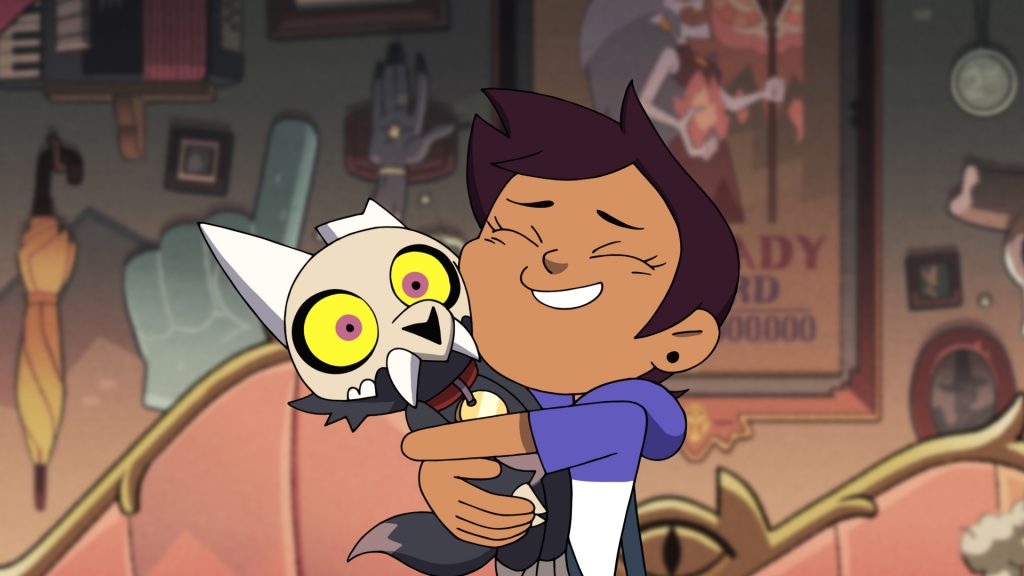
What if a girl stumbled into another world filled with witches, wizards, and magic? The Owl House answers that question, as Luz explores a new world with new friends, enemies, and learns more about herself along the way.
The Owl House is an animated fantasy series by Dana Terrace, a bisexual animator and writer. She is known for storyboarding episodes of Gravity Falls and the recent reboot of DuckTales.
As a warning, this recommendation discusses spoilers for episodes of The Owl House.
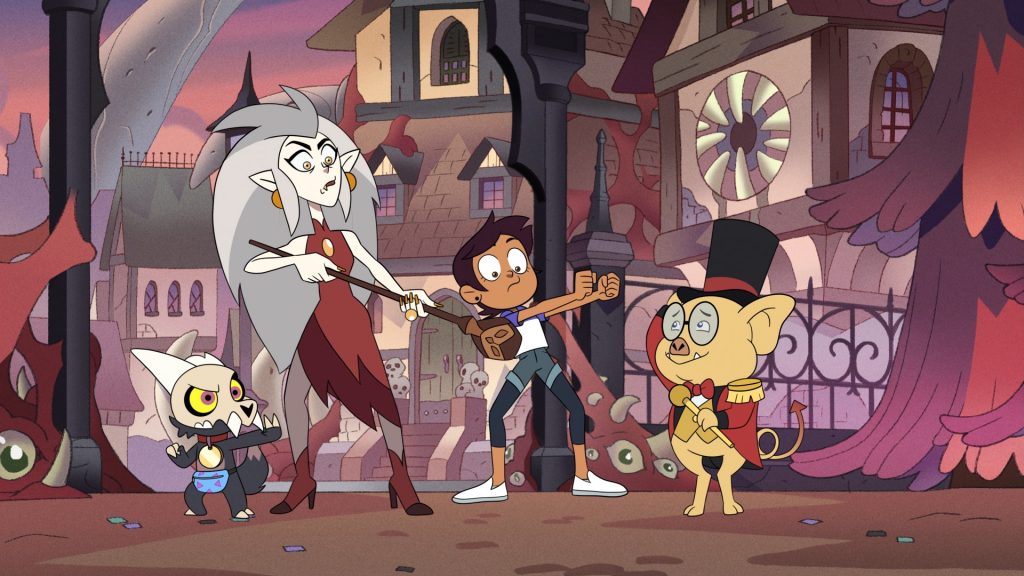
The Owl House centers around Luz Noceda (voiced by Sarah-Nicole Robles), a Dominican-American teenage girl who enters an alternate world. She arrives in a set of islands known as Boiling Isles. Luz soon befriends an older witch named Eda Clawthorne (voiced by Wendie Malick), also known as The Owl Lady.
She also meets a small demon named King (voiced by Alex Hirsch), and a witty door knocker of the Owl House, Hooty (voiced by Hirsch). Although Luz doesn’t have innate magical abilities, she serves as a witches’ apprentice to Eda, and lives at the Owl House.
To hone her magical skills, Luz goes to Hexside Academy, where each student has a magical track. She meets other classmates like Willow Park (voiced by Tati Gabrielle) and Gus Parker (voiced by Issac Ryan Brown). Willow and Gus are skilled in plant and illusion magic.
Luz becomes fast friends with them. As someone obsessed with human culture, Gus tries to learn what he can from her. Over the course of the first season, Luz slowly improves her relationship with the school’s top student, Amity Blight (voiced by Mae Whitman).
The series features characters such as the school’s principal, Hieronymus Bump (voiced by Bumper Robinson) and Eda’s sister, Lilith Clawthorne (voiced by Cissy Jones). There’s also the ruler of the Boiling Isles and series villain, Emperor Belos, a witch student named Boscha (voiced by Eden Reigel), and Amity’s siblings Emira “Em” and Edric “Ed” Blight (voiced by Erica Lindbeck and Ryan O’Flanagan). Kevin Michael Richardson, Grey Griffin, Fred Tatasciore, Eric Bauza, Kari Wahlgren, Jorge Diaz, and Kimberly Brooks voice other characters.
The Owl House begins differently than any other series I’ve watched. Even though Futurama and Samurai Jack feature time travel. And Final Space, Elliot from Earth, Otherside Picnic, and Helluva Boss have dimensional travel. None of them are like this series. Although The Owl House has some similarities with Steven Universe and She-Ra and the Princesses of Power, it is unique in and of itself.
Even so, there are season two episodes focusing on time travel and its implications. Viewers learn a frightening truth about Belos (voiced by Matthew Rhys). This scares his loyal servant, Hunter (voiced by Zeno Robinson) out of his mind. It makes Luz worried about her safety.
The series has received nominations for youth and family programming, character design, and voice-over work awards since its premiere. Most recently, it received a GLAAD Media Award award for Outstanding Kids and Family Programming, competing with Amphibia and other live-action productions. The Owl House previously received a nomination for the same award last year.
The Owl House has some cast diversity. Robles, who voices one of the series protagonists, is Afro-Latine. Elizabeth Grullon, who voiced Luz’s mother, Camila, is of Dominican descent. She described her character’s relationship with Luz as a “refreshing representation” of a real Latine family. Robinson, Brown, and Brooks are Black actors. Gabrielle is Afro-Korean. Luz is significant as an animated character because 12% of Latine people, and 2% of the U.S. adult population, identify as Afro-Latine.
In 2021, series creator Dana Terrace confirmed that Luz is neurodivergent. Previously, some fans argued that she was ADHD-coded because of her hyperfixations and actions. The latter is still a possibility since she is neurodivergent.
T.J. Hill composed the first season’s music. Brad Breek composed the second season’s music. Hill also composed the theme music. It is fitting for this young adult fantasy series. The music often helps set the mood, connecting with the show’s story. On Twitter, Hill noted that the show’s score had “interesting and experimental sounds” which he enjoyed putting together. He also composed music for Amphibia.
The animation style of The Owl House is amazing. Terrace has said that Russian architecture and paintings of John Bauer, Remedios Varo, and Hieronymus Bosch inspired her. To make sure the show is visually effective, there were over 100 people as part of the crew, and 50 people on the pre-production crew alone, by December 2019.
Spencer Wan supervised the show’s crew in the first season. Kofi Fiagome did the same in the second season. Ricky Cometa worked as the series art director. Demons in the show are not scary but represent actual people. Comeda noted that they designed Luz as a “nod to all…fellow nerds out there”. Furthermore, the Boiling Isles has a purple ocean to distinguish it from Earth.
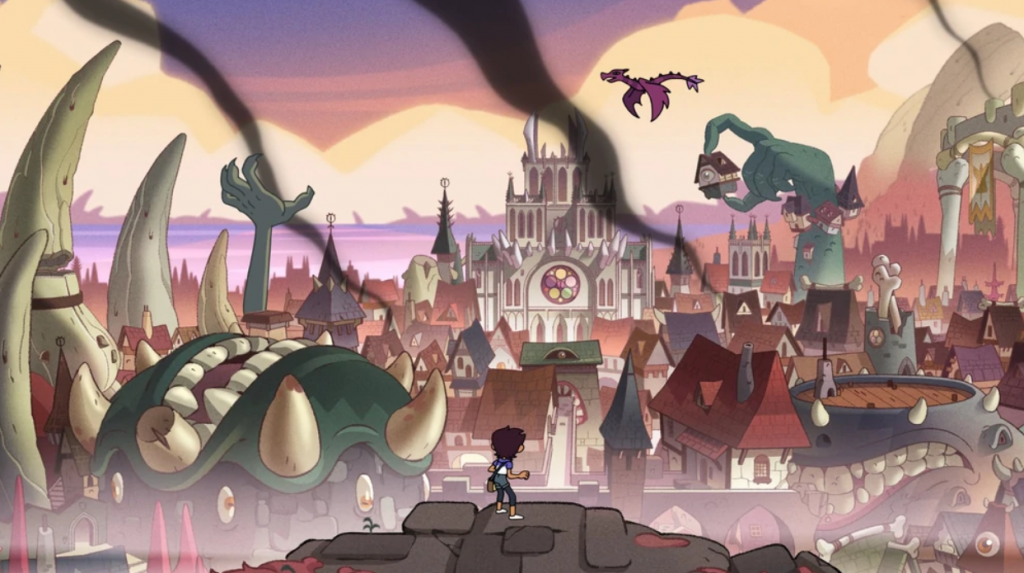
The Owl House, unlike some other series, has deep lore which pulls you into the series. This includes worldbuilding, like when Luz, Hooty, and King travel to Titan Trapper Island hoping to learn about King’s past. What they find is something they don’t expect, while King discovers his new powers and who he really is.
There are compelling stories, like those focused on the family backstories of Edith and Luz. Terrace has said that while much of the series lore is made up, the Pokemon franchise strongly influenced her. The show’s main characters were even inspired by people in Terrace’s life, with Luz even named after Terrace’s roommate, Luz Batiste, who is a story artist on the show and is also Dominican-American.
The series, based on Terrace’s childhood experiences, has the twin themes of conformity and uniqueness. This interconnects with the horror elements of the series, which Disney executives were concerned about. The heartfelt and comedic elements balance out the more scary ones.
Even so, Terrace compromised between her ideas and the wishes of Disney executives. This resulted in the show’s intended “darker tone” being minimized in the show’s first season. In the second season, the intended tone came to the fore and The Owl House truly became a young adult animation on par with Dead End: Paranormal Park and The Legend of Korra.
Critics from Common Sense Media, Collider, The Mary Sue, The A.V. Club, CBR, and TheGamer acclaimed the series during its first 19-episode season run. It received a second season renewal prior to the first season debut. However, while the series was renewed for a third and final season, only three 44-minute special episodes will air (despite the positive reception). It is shorter than the 10-20 episodes the production team had anticipated.
In a Reddit AMA, Terrace wrote that The Owl House got cut short because Disney executives claimed the show did not fit into the “Disney brand.” She surmised that the show’s serialized nature and older audience than other Disney productions, rather than the show’s LGBTQ representation, was the reason. Terrace further revealed that the executives did not allow her to argue for a fourth season. She believed the show could have a future if different executives were in charge.
The Owl House is not dead and gone. Terrace has said she would like to continue it in the future either through a limited series or comics. She encouraged fans to ask Disney for more content connected to the show. There was a series of shorts released on the official Disney Channel YouTube Channel entitled “Look Hooo’s Talking” and comedic shorts entitled “Owl Pellets” released throughout 2020.
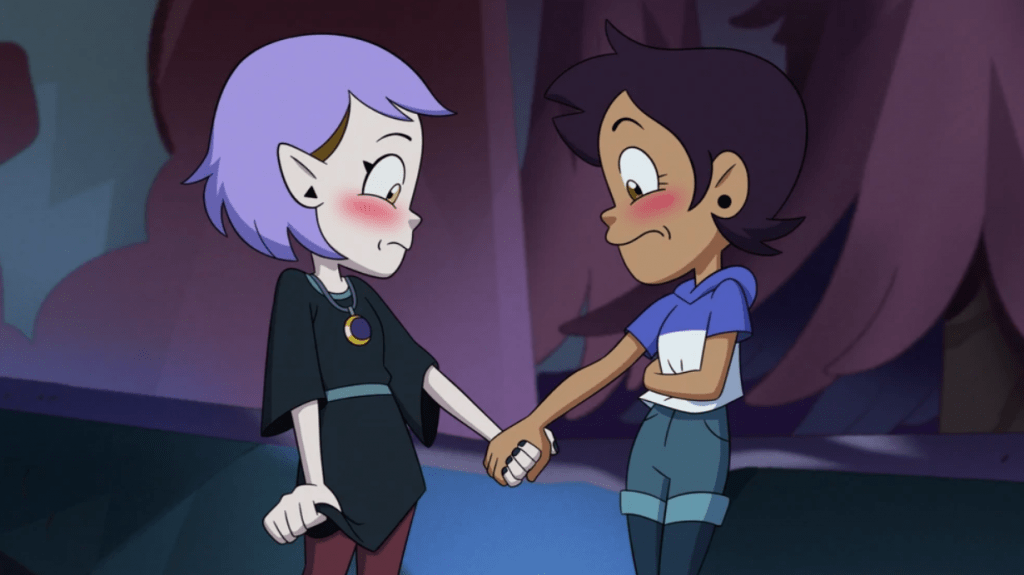
One of the most important aspects of the show is its LGBTQ+ representation. This is most outwardly manifested by Luz, who is bisexual. She is the first bisexual protagonist in a Disney series, although not the first bisexual character. Some read Li Shong (voiced by BD Wong) in Mulan and Nerissa in W.I.T.C.H. as bisexual. Jackie Lynn Thomas in Star Vs. The Forces of Evil is bisexual, as are Jess and Sasha Waybright in Amphibia.
A major subplot in the series is the feelings Luz, and her original rival-of-sorts, Amity, have for one another. This begins with Amity blushing and acting bashful toward Luz. This culminates with both dancing together to defeat a monster in “Enchanting Grom Fright”.
Luz remains oblivious to the fact that Amity has a crush on her. She finally realizes this when Amity kisses Luz on the cheek in a Season 2 episode after going through dangerous trials to get her library job back.
Luz and Amity finally become a couple in the episode “Knock, Knock, Knockin’ on Hooty’s Door”. Later episodes focused on the ups and downs of their relationship. They learn to not keep secrets from one another, even if those secrets are painful, and help each other as girlfriends.
This overjoyed fans who ship both characters as “Lumity”, along with queer fans and other supporters of expanded representation. There are over 19,000 followers on the Lumity subreddit alone, as of writing this piece. In the episode titled ‘Clouds on the Horizon’, both characters shared a romantic kiss together.
https://www.youtube.com/watch?v=-5TCCsKFosU
This open presentation of a queer romance contrasts with Adventure Time, She-Ra and the Princesses of Power, Gravity Falls, and The Legend of Korra. In those series, the romantic feelings between characters were not canonized until the last episode.
While those series have their merits, having a relationship between two characters in the show proper, rather than at the end, is more impressive. Doing the latter cheapens the representation, in my opinion. Hopefully future series and films will avoid almost blink-and-you-miss-it moments, like the one in The Mitchells vs. the Machines (related to the protagonist’s girlfriend).
Beyond Luz and Amity, there’s Luz’s guardian, Eda. She is revealed to be queer. She had a previous relationship with Raine Whispers (voiced by Avi Roque), leader of a coven fighting against the malevolent emperor, Belos. Raine has the distinction of being non-binary and transmasculine. They are, perhaps, the first Disney character to be non-binary.
The Collector, a being who collaborates with Belos on opening a portal to the human realm, was recently hinted at as being non-binary by the show’s creator. Raine is the leader of anti-Belos group named Covens Against the Throne (CATS) which Eda, King, and Luz later join.
There’s also Eda’s older sister, Lilith. She may be aromantic and asexual, again breaking barriers. Also, like Bow’s two dads, George and Lance, in She-Ra and the Princesses of Power, Willow has two fathers, Gilbert and Harvey.
These aspects make some reactionary individuals, whether in halls of Congress or elsewhere in society, sneer. They declare that the series is “corrupting” their children or some other nonsense about how such media is “turning” kids queer.
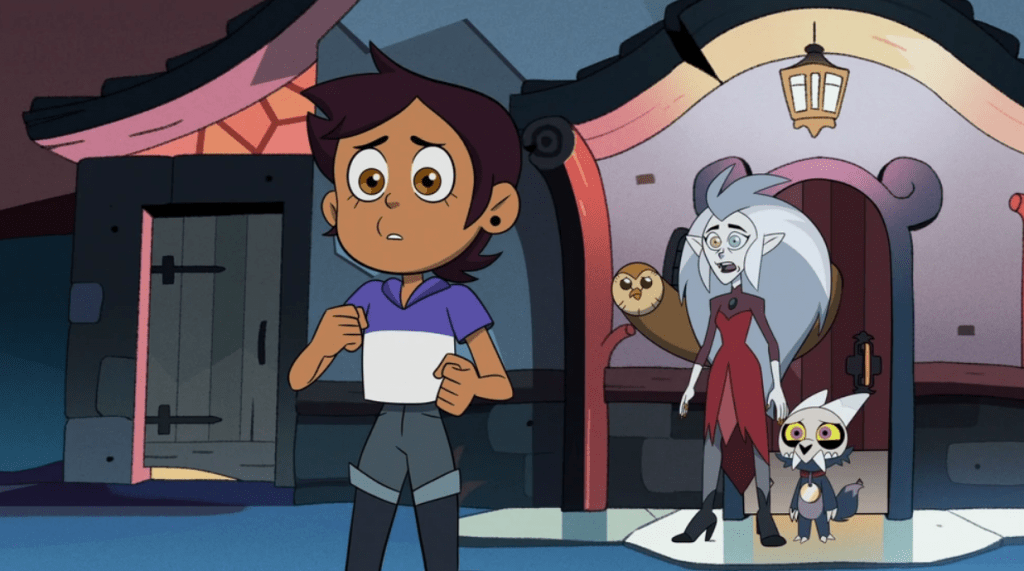
Putting aside the ramblings of reactionary people, it is easy to see why The Owl House is popular. It has diverse stories, focuses on friendship, and has the classic conflict between good and evil. It skews to an older, young adult crowd. This is clear through a changed tone from the show’s first season to the second. It becomes dark at times, making it evident why Disney wants the series to end.
The finale of Season 2 has the Collector and Belos work on a portal to the human realm, and on the Day of Unity, with a plan to wipe out wild magic forever. The draining spell succeeds. In the midst of it, Luz is saved by her friends and King talks to the Collector.
The episode ends with Luz, Amity, Hunter, Gus, and Willow fleeing through the portal door to the human realm, while King stays behind. This is more horrifying than when Anne and her frog family traveled to Earth in Amphibia.
There is no knowing what happened to the Boiling Isles or King. While they all go to Luz’s family home at the episode’s end, their fate or whether they can return to the other world remains unknown. This will undoubtedly be the subject of the third and final season.
The series emphasizes the importance of one’s chosen family and exploring your identity. It brings trauma to the forefront, as Steven Universe Future did with a focus on Steven’s trauma. The Owl House has the potential to inspire others to follow in its footsteps.
It is not known how this young adult animation will influence any future indie animations, webcomics, mainstream series, or other media. Some crew members may move forward and create their own series. After all, the former Steven Universe crew had a part in OK K.O.: Let’s Be Heroes, Summer Camp Island, Craig of the Creek, RWBY, Adventure Time: Distant Lands, and Amphibia, some of which are YA animations and have queer content.
I highly recommend The Owl House. After watching the recent episodes, I came to realize why I love the series all over again.
The series is currently airing on the Disney Channel, streaming on Disney+, and is also available on Amazon Prime, and other platforms.
Author: Burkely Hermann
Burkely is an indexer of declassified documents by day and a fan fic writer by night. He recently earned a MLIS with a concentration in Digital Curation from the University of Maryland. He currently voraciously watches animated series and reads too many webcomics to count on Webtoon. He loves swimming, hiking, and searching his family roots in his spare time.
Help support independent journalism. Subscribe to our Patreon.
Copyright © The Geekiary
Do not copy our content in whole to other websites. If you are reading this anywhere besides TheGeekiary.com, it has been stolen.Read our

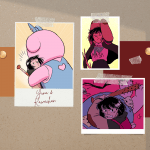


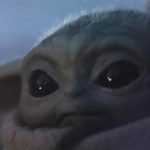

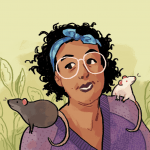
2 thoughts on ““The Owl House” Showcases Diverse Stories and LGBTQ Representation”
Comments are closed.